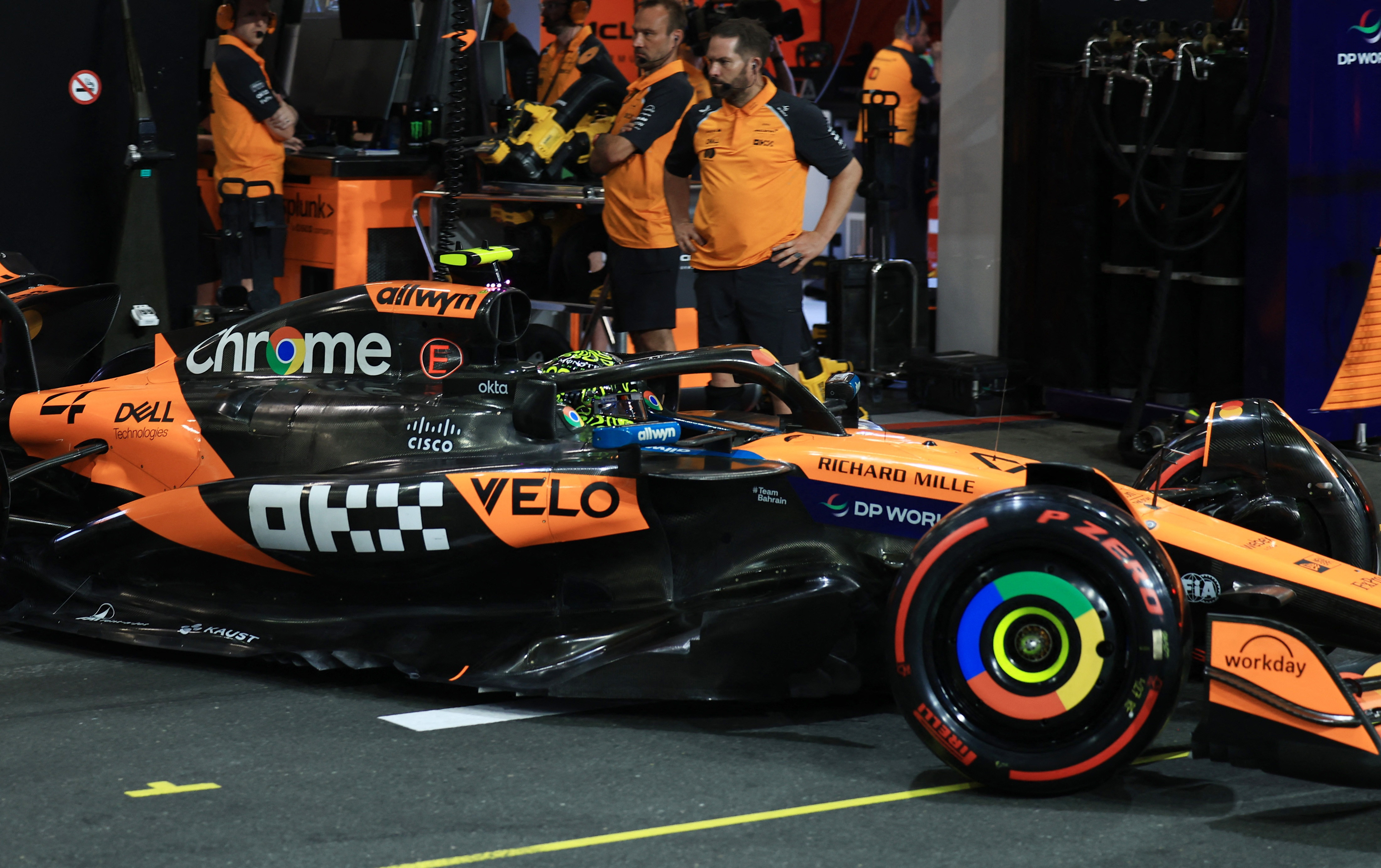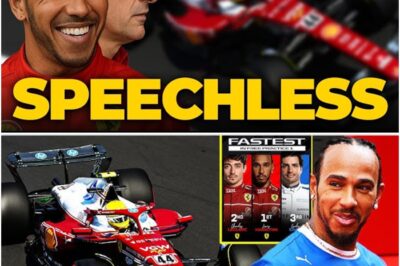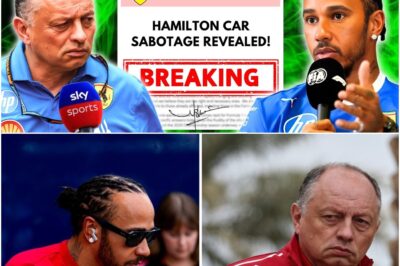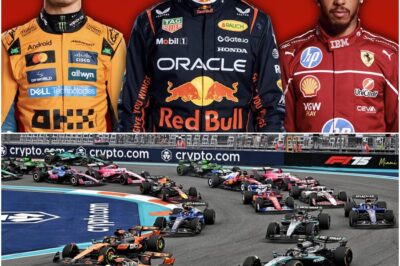In the high-octane world of Formula 1, where speed is king and every millisecond counts, change is the only constant. The sport has always been a crucible of innovation, a relentless pursuit of the next technological frontier. However, as F1 stands on the precipice of its next great evolution with the 2026 regulations, a voice of caution has emerged from the heart of the paddock. McLaren’s prodigious talent, Lando Norris, has broken ranks with the corporate optimism, offering a series of “blunt opinions” that question the very soul of the sport. His concern is not merely about a shift in rules but a fundamental alteration of what it means to be a racing driver. Norris fears that Formula 1 is hurtling towards a future that is “artificial” and, in his starkest warning yet, “fake” .

At the core of Norris’s apprehension is the fear that the human element, the raw, unadulterated skill of the driver, is being systematically diluted. The 2026 regulations are set to introduce a new generation of power units, with a much greater emphasis on electrical energy. In fact, nearly 50% of the energy deployed per lap will be from the electric side of the power unit. This seismic shift is designed to align the sport with the automotive industry’s move towards sustainability, but Norris sees a significant downside. He envisions a future where the driver’s direct input is overshadowed by a labyrinth of complex systems. The art of racing, he argues, should be about “pure driving” , about taming a monstrously powerful machine on the very edge of its capabilities. Instead, he sees a move towards a formula where success is dictated by managing complex energy algorithms and “senseless things with DRS” . The ideal car, in Norris’s view, is one that “simply need to be driven” , not one that requires its pilot to act as a systems engineer.
This concern is not just philosophical; it has very real performance implications. Norris predicts that the 2026 cars will be “slower in corners” and ultimately “won’t be as impressive in terms of lap performance” . The reason for this is twofold. Firstly, the new aerodynamic regulations are being designed to reduce drag, which will likely compromise cornering grip. Secondly, and perhaps more alarmingly for the drivers, is the potential for the cars to run out of electrical energy mid-straight . This would force drivers to “lift and coast” in order to recharge their batteries, a practice that is anathema to the very concept of flat-out racing. The spectacle of a Formula 1 car being forced to slow down on a straight to conserve energy is a jarring one, and it’s a scenario that Norris and many purists fear will become commonplace. The visceral thrill of watching a car at its absolute limit could be replaced by a more cerebral, but less exciting, display of energy management.

The new regulations will also place a “much heavier cognitive load on the driver” . The mental gymnastics required to pilot a modern Formula 1 car are already immense, but the 2026 rules threaten to take this to another level. The focus will shift from mastering braking points and cornering speeds to mastering energy deployment strategies and active aero settings. Drivers may find themselves acting “almost like engineers inside the car” , their mental bandwidth consumed by optimizing systems rather than extracting the last thousandth of a second from the car and themselves. This raises a fundamental question about the role of the driver in this new era of F1. Are they still the swashbuckling heroes, the modern-day gladiators, or are they becoming highly skilled operators of a complex piece of machinery? Norris’s comments suggest he fears the latter.
Of course, with any major rule change, there is the potential for a significant shake-up in the competitive order. Major regulation shifts, as we’ve seen in the past, often create initial gaps between the teams . Those with the best simulation tools, the deepest understanding of the new power units, and the most seamless integration between engine and chassis are likely to emerge with a significant advantage . While this could lead to an exciting and unpredictable season, it could also result in a period of dominance by one or two teams, something the sport has been actively trying to move away from with the introduction of the budget cap and more restrictive aerodynamic regulations. The hope is that the new rules will level the playing field, but the reality could be quite the opposite, at least in the short term.

However, it would be remiss to dismiss the potential upsides of the 2026 regulations entirely. While Norris’s fears about a loss of raw speed are valid, the increased emphasis on energy management could introduce a new layer of strategic depth to the races. The changes could lead to “much more strategic variation during the races” , with teams and drivers having to make crucial decisions about when and how to deploy their electrical energy over the course of a stint. This could result in “more tactical battles” and “strategic overtakes based on energy deployment” . In this vision of the future, a driver who has managed their energy more effectively could have a decisive advantage in the closing stages of a race, leading to a different, but no less compelling, form of excitement . The question is whether this more strategic, chess-like form of racing can ever truly replace the raw, visceral thrill of out-and-out speed.
As the clock ticks down to 2026, the world of Formula 1 finds itself at a crossroads. On one path lies a future that embraces sustainability and technological complexity, a future that promises a more strategic and, in theory, a more level playing field. On the other path lies the tradition of the sport, the celebration of raw speed, and the primacy of the driver’s skill. Lando Norris has made it clear which path he prefers. His warnings are a poignant reminder of what is at stake. In the relentless push for progress, sustainability, and spectacle, where does Formula 1 risk losing its “raw, almost primal exhilarating edge” ? This is the question that the sport’s governing bodies, the teams, the drivers, and the fans must now confront. The answers they find will shape the future of Formula 1 for generations to come.
News
Lewis Hamilton’s stunning performance at the Monza GP left Ferrari utterly speechless. The British driver delivered an unexpected result that has raised eyebrows in the paddock. Ferrari, caught off guard, could hardly believe what they were witnessing. Was this a turning point in the season?
Ferrari’s Unexpected Revival: How Lewis Hamilton is Turning the SF25 into a Championship Contender The paddock at Ferrari has been…
Monza Drama Unfolds: Ferrari’s Stunning Response to the Tow Controversy As the Monza drama continues to make waves, Ferrari has issued a statement that could shift the narrative entirely. The tow controversy has left many wondering what really happened during the race. Ferrari’s response raises more questions than answers, but it’s certainly a game-changer.
F1 Italian Grand Prix: Max Verstappen’s Stunning Pole, McLaren’s Challenge, and Ferrari’s Tough Decisions The 2025 Italian Grand Prix has…
“Monza Chaos: Piastri’s Rule Breach Leads to Unexpected Verdict!” In a stunning twist after the Monza race, Piastri has received a new verdict following his controversial breach of rules. Fans are left questioning the future of this young driver!
Formula 1 Italian Grand Prix: Updates from Friday Practice at Monza The Italian Grand Prix at Monza always promises high-speed…
Ferrari’s Dirty Laundry Exposed: Fred Vasseur Blames Sabotage for Hamilton’s Trouble at the Dutch GP – What Does This Mean for Ferrari’s Reputation and Their Chances in the 2025 Championship?
The Sabotage Scandal: Ferrari’s Darkest Moment Since the Dutch GP After the chaos of the Dutch Grand Prix, the silence…
“The 2025 Italian GP: A Rollercoaster of Emotions – Winners, Losers, and the Moments You Can’t Miss!” Monza’s 2025 Grand Prix proved to be one of the most dramatic in recent years. As the season heats up, which drivers and teams celebrated their triumphs, and who was left reeling from devastating setbacks? Click now to see how the race unfolded with stunning victories and heartbreaking losses.
Monza 2025: The Thrills, Chaos, and Drama of the Italian Grand Prix The 2025 Formula 1 season has been nothing…
“Revealed: How Hamilton’s Telemetry is Set to Revolutionise Ferrari’s Monza Strategy!” Ferrari’s engineers have found something extraordinary in Hamilton’s telemetry data after qualifying at Monza. This revelation could drastically alter the team’s strategy and performance at the Italian Grand Prix. With crucial insights from Hamilton’s data, Ferrari might just have what they need to make a strong push for victory.
Ferrari’s Rebirth: Hamilton’s Monza Masterclass Monza is a track where speed, precision, and strategy come together to create some of…
End of content
No more pages to load












